Utsumi, ShunsukeProfessor
In nature, there are many variations among individuals within the same species. Intraspecific variation is an important component of biodiversity. Why does intraspecific variation exist so commonly along with the coexistence of many species in an ecosystem? What is the role of such intraspecific variation in determining ecosystem dynamics and patterns?
Our research center upon intraspecific variation and feedback that reciprocally intertwine evolutionary dynamics with ecological properties including population dynamics, community structure, and ecosystem functions. How intraspecific variation in traits determines higher-level attributes, such as population dynamics, species composition, and ecosystem functions? Or, conversely, how do properties at community and ecosystem levels orchestrate variation in individual traits, genetic diversity, and evolutionary trajectories? From this perspective, we explore the profound implications of evolution on the coexistence of multiple species, population persistence, community dynamics, and ecosystem functioning.
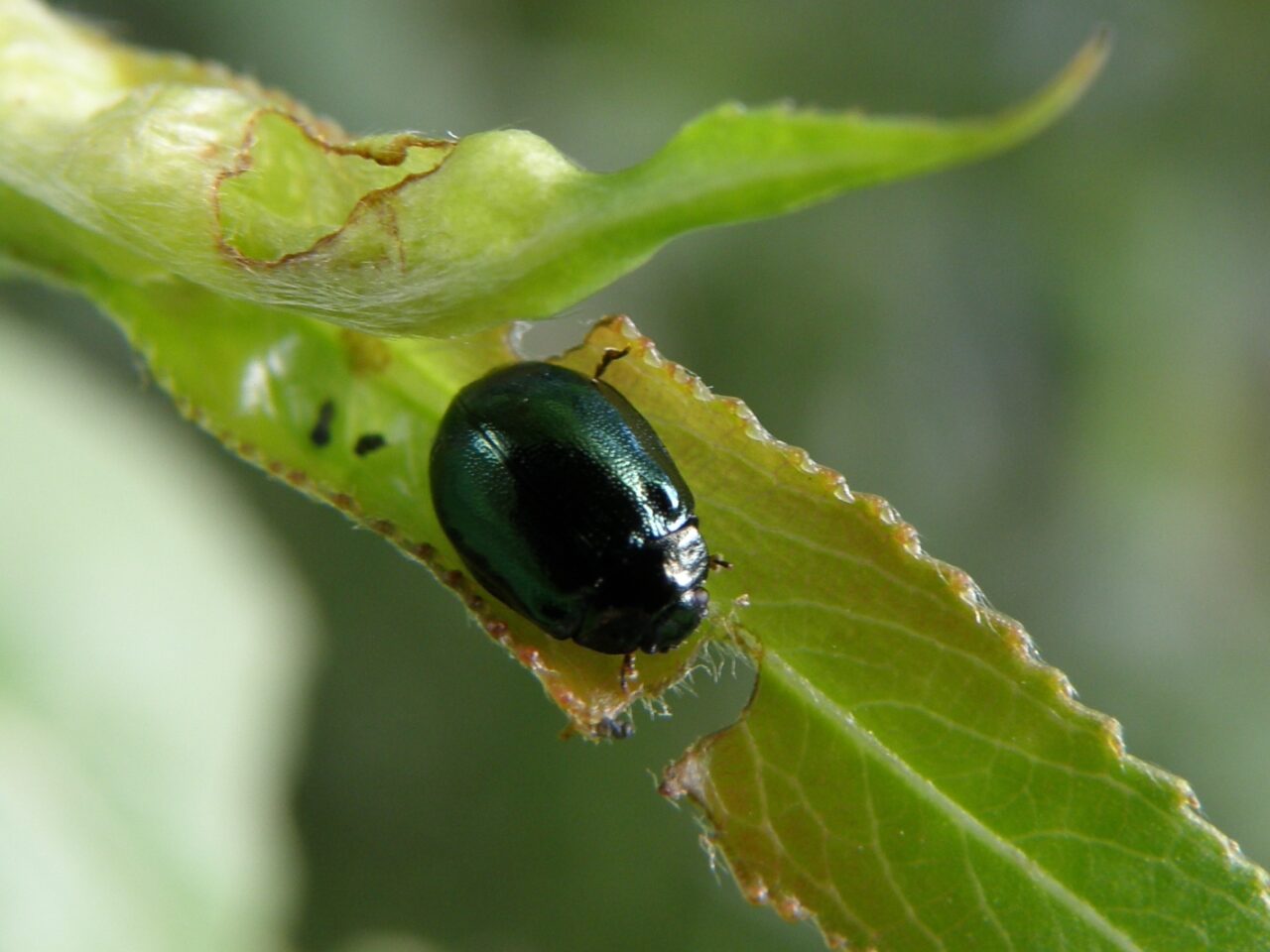
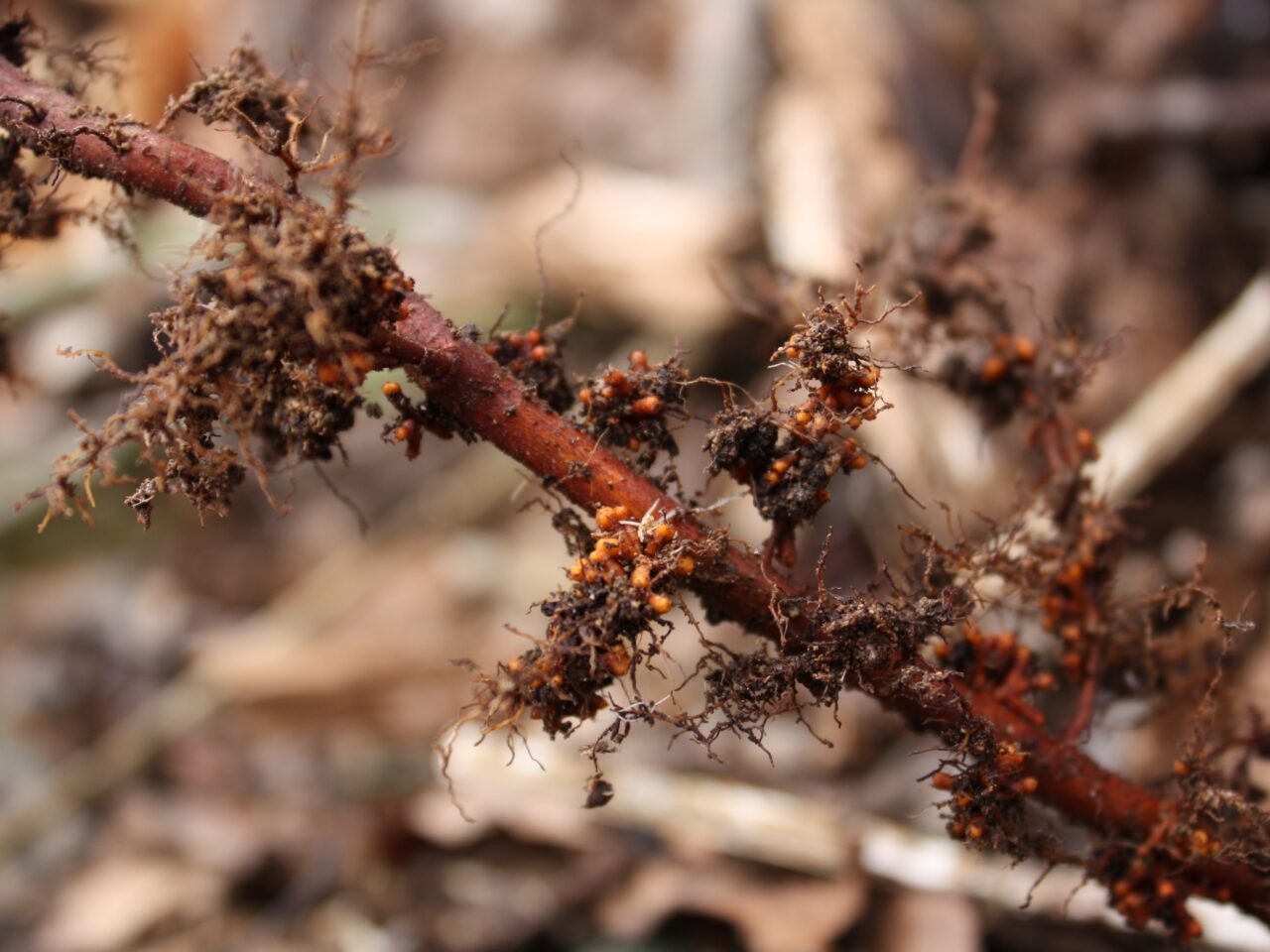 Nodules of nitrogen fixing bacteria, Frankia, on the alder root.
Nodules of nitrogen fixing bacteria, Frankia, on the alder root.
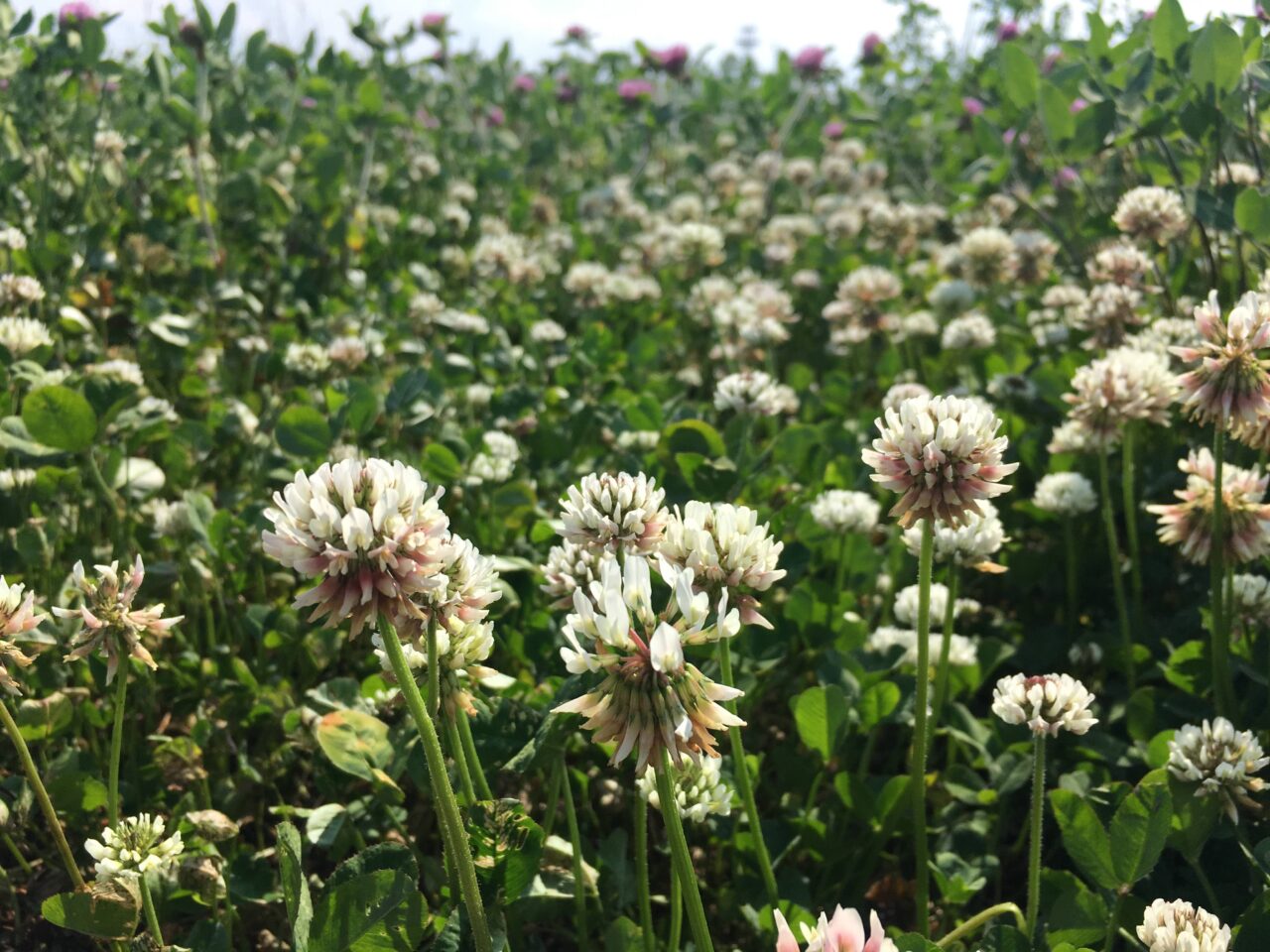 White clovers under adaptive evoltion to anthropogenic environments.
White clovers under adaptive evoltion to anthropogenic environments.
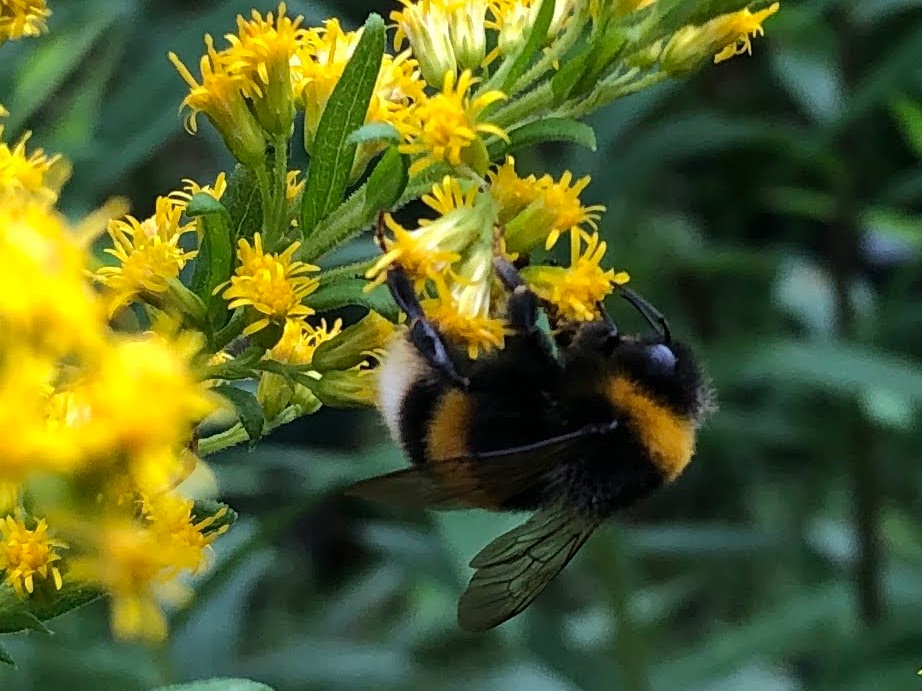 Rapid evolution is occuring in introduced organisms. Photos: tall goldenrod and large earth bumblebee (both are invasive species).
Rapid evolution is occuring in introduced organisms. Photos: tall goldenrod and large earth bumblebee (both are invasive species).
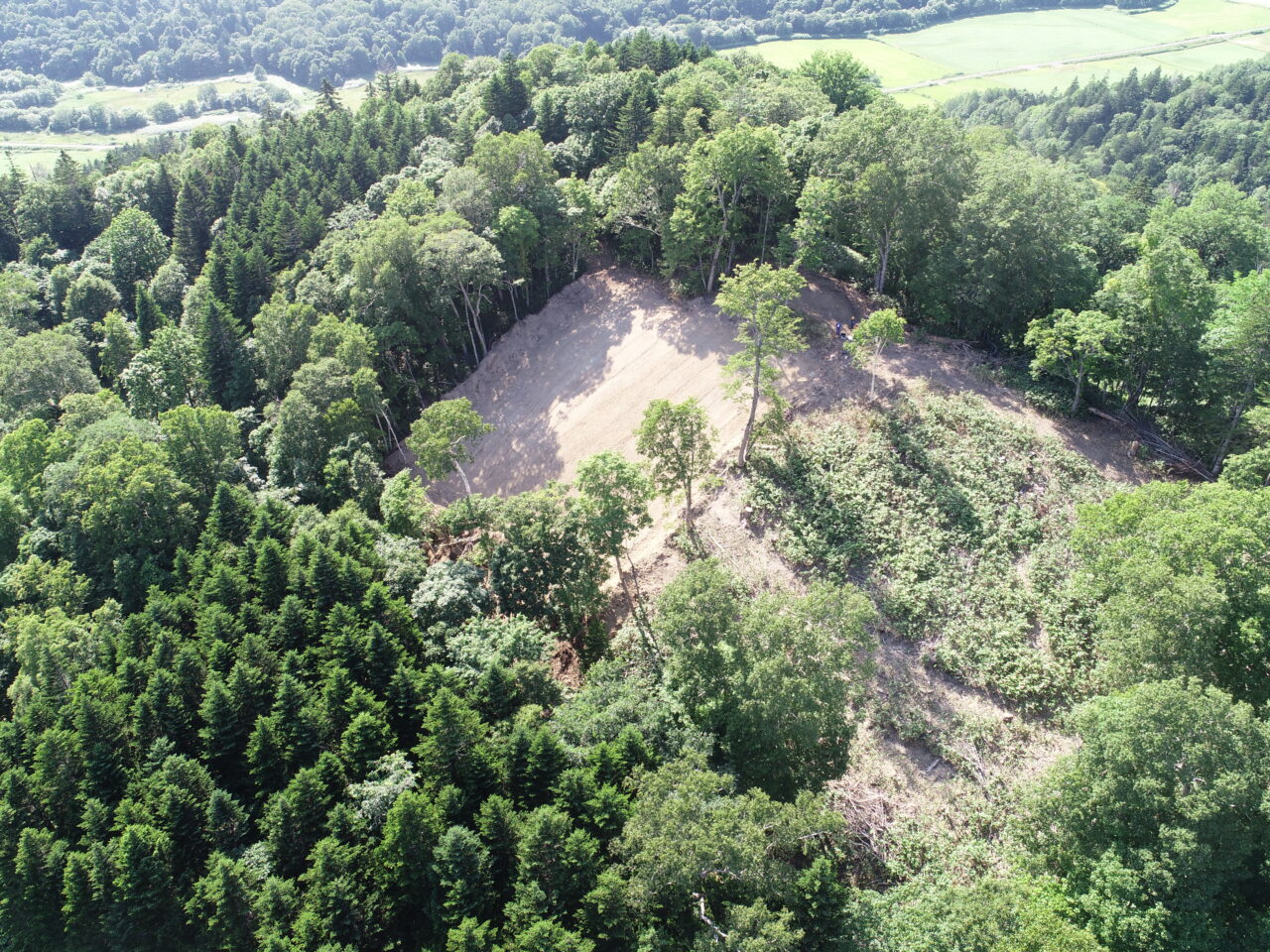
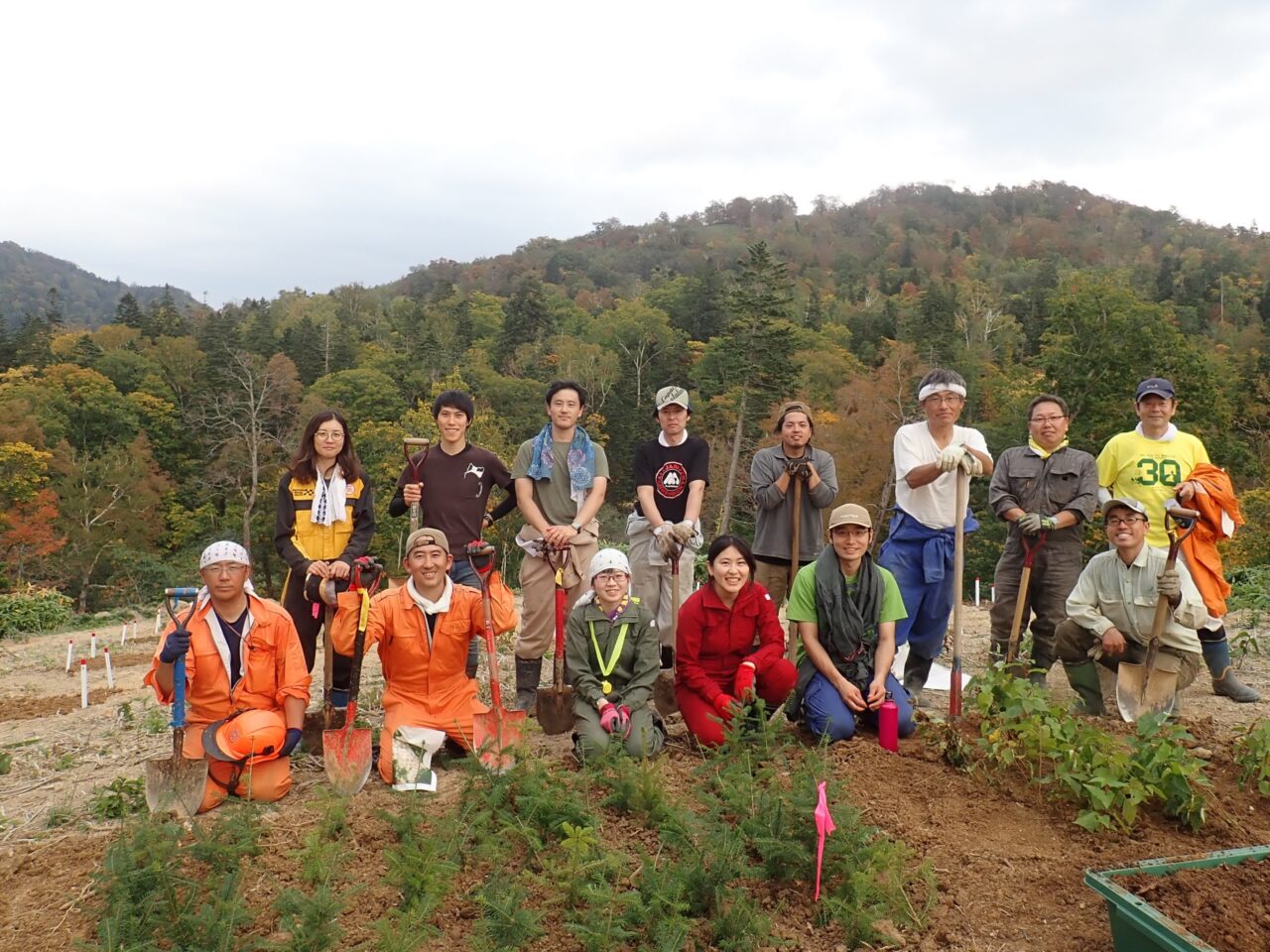
How species evolve depends on the communities in which they are embedded. And evolution loops back to influence complex communities. We enthusiastically seek knowledge on these reciprocal processes in nature. Into the wild.
References
Furusawa, J., Makoto, K., Utsumi, S. (2023) A large-scale field experiment of artificially caused landslides with replications revealed the response of the ground-dwelling beetle community to landslides. Ecology and Evolution 13: e9939 https://doi.org/10.1002/ece3.9939
Kagiya, S., Yasugi, M. Kudoh, H., Nagano, A-J., Utsumi, S. (2018) Does genomic variation in a foundation species predict arthropod community structure in a riparian forest? Molecular Ecology 27: 1284-1295 https://doi.org/10.1111/mec.14515
Utsumi, S. (2015). Feeding evolution of a herbivore influences an arthropod community through plants: implications for plant‐mediated eco‐evolutionary feedback loop. Journal of Ecology 103: 829-839. https://doi.org/10.1111/1365-2745.12419
Sota, Kagata, Ando, Utsumi, Osono. (2013) Species diversity and community structure: novel patterns and processes in plants, insects, and fungi. Springer.
Website
Evolutionary Community Ecology Laboratory (Utsumi Lab)
Faculty
Faculty of Environmental Earth Science
Section of Environmental Biology
Group of Ecological Genetics
Grad School
Graduate School of Environmental Science
Division of Biosphere Science
Ecological Genetics
Contact Information
Environmental Earth Science Building, B-804
Email: utsumi ![[atmark]](https://www2.sci.hokudai.ac.jp/dept/bio/wp/wp-content/themes/sci-bio_2407/img/atmark.png) ees.hokudai.ac.jp
ees.hokudai.ac.jp
